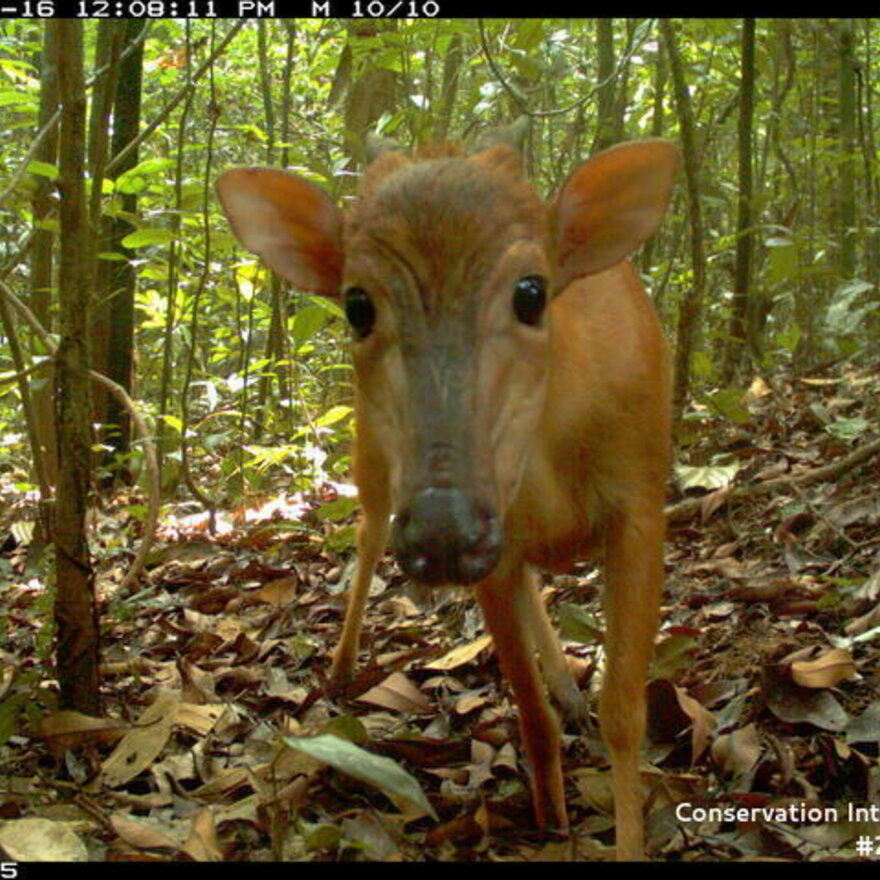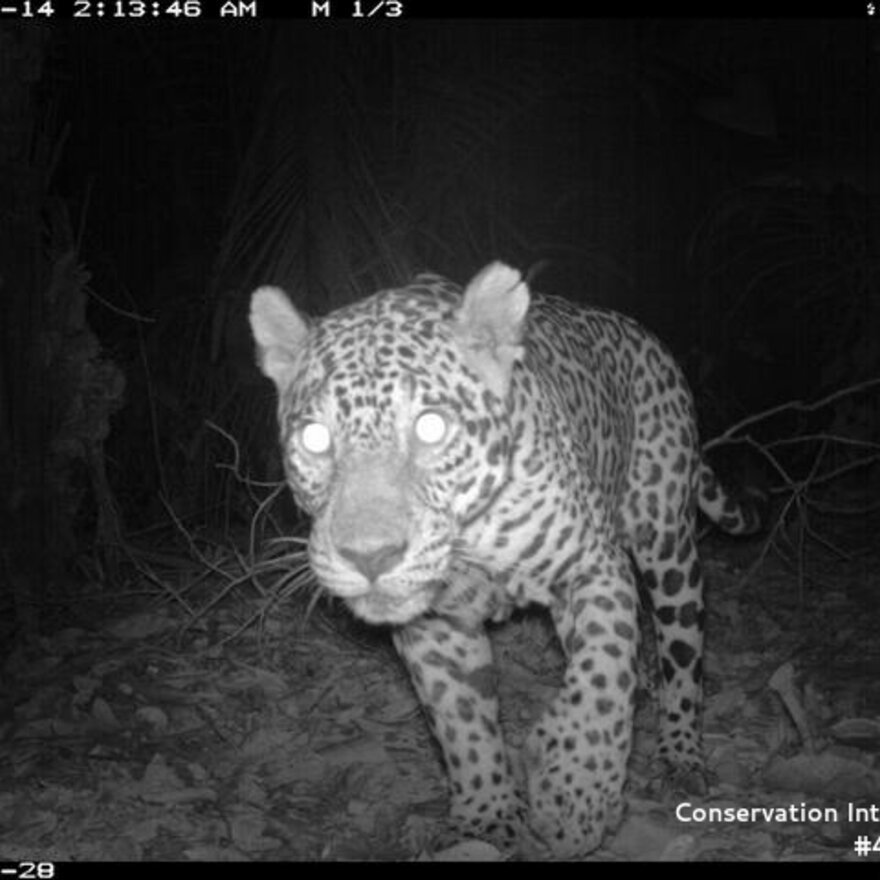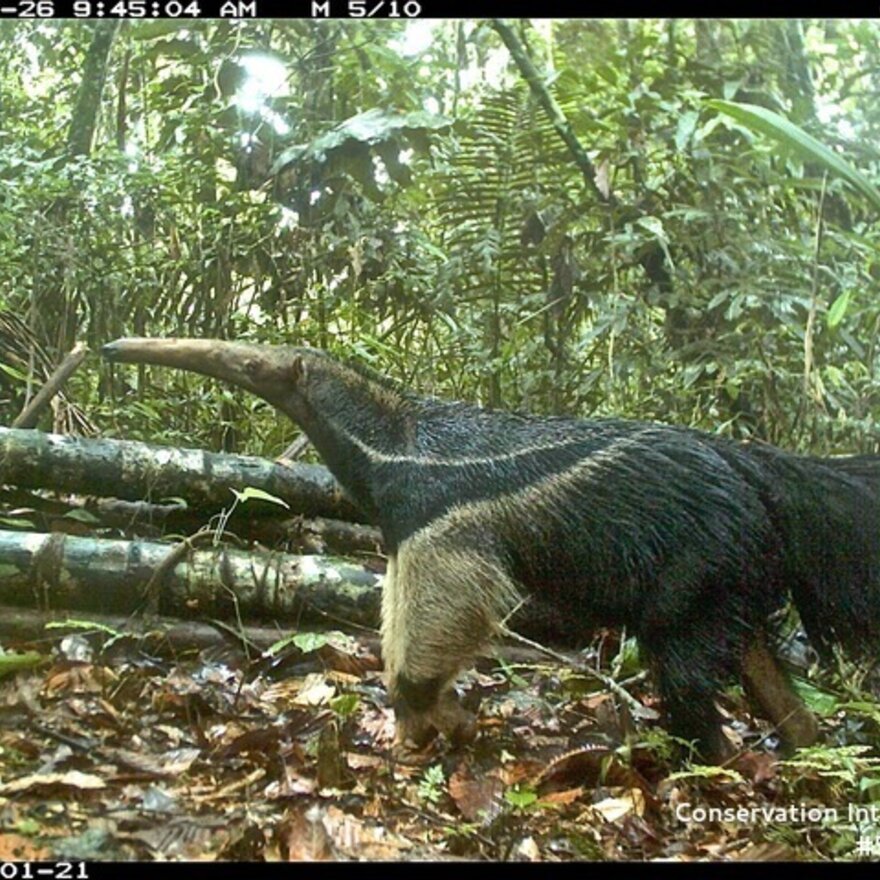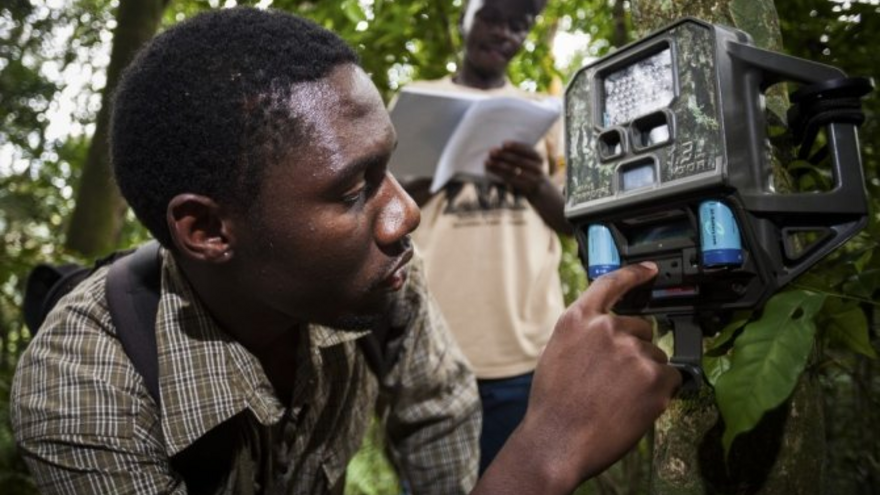The Project
Description
Tropical forests harbor most of the Earth's species, but unfortunately, they are experiencing severe declines in the number and diversity of wildlife. Habitat loss and fragmentation, together with unsustainable hunting and climate change are considered to be the main threats.
Many forest mammals appear especially at risk, yet, we lack a clear understanding of what determines vulnerability. One key proposal - the extinction filter hypothesis - is that past events may help explain vulnerability. This means that species that have survived threats and conditions in the past, may be more resilient to new threats. Knowing which species are vulnerable to what threats, and how we can most effectively reduce species losses is crucial for conservation.
In the empty forests and extinction filters project, we describe the occupancy, activity patterns, and extinction risk of mammal species across the tropics and we explore how these patterns are affected by different ecological and anthropogenic histories, contexts, and conditions. We do this at different spatial scales and use this information to identify and characterize rules governing the vulnerability and persistence of tropical biodiversity.



Objectives
The Empty Forests and Extinction Filters project wants to understand and predict the vulnerability of tropical forest mammals to extinction. To this end the project:
1. Develops and applies analytical frameworks to weigh the determinant of species' presence in space.
2. Characterizes and assesses species activity patterns in time.
3. Develops and compares predictive models of species response to threats and vulnerability to extinction.
Methods
The project relies on camera-trap data collected by the Tropical Ecology Assessment and Monitoring (TEAM) Network, the largest standardized tropical forest monitoring system. This database comprises more than 200 mammal species, and over three million detections.

The Team
The project is led by researchers from the Norwegian University of Life Sciences and Wageningen University & Research, and in close collaboration with Rice University (Texas, USA), and many other institutions and data providers from across the tropics.

Douglas Sheil
Wageningen University and Research

Lydia Beaudrot
Rice University
Publications
Scientific Publications
- Semper-Pascual, A., Sheil, D., Beaudrot, L., Dupont, P., Dey, S., Ahumada, J., Akampurira, E., Bitariho, R., Espinosa, S., Jansen, P.A., Lima, M.G.M, Martin, E.H. Mugerwa, B., Rovero, F., Santos, F., Uzabaho, E. & Bischof, R. (2023). Occurrence dynamics of mammals in protected tropical forests respond to human presence and activities. Nature Ecology & Evolution. https://doi.org/10.1038/s41559-023-02060-6
- Vallejo-Vargas, A.F., Sheil, D., Semper-Pascual, A., Beaudrot, L., Ahumada, J.A., Akampurira, E., Bitariho, R., Espinosa, S., Estienne, V., Jansen, P.A., Kayijamahe, C., Martin E.H., Lima, M.G.M., Mugerwa, B., Rovero, F., Salvador, J., Santos, F., Spironello, W.R., Uzabaho, E., Bischof, R. (2022). Consistent diel activity patterns of forest mammals among tropical regions. Nature Communications 13, 7102. 10.1038/s41467-022-34825-1.
- Semper Pascual. A. et al. 2022. Occupancy winners in tropical protected forests: a pantropical analysis. Proc. R. Soc. B. 289:20220457. 20220457. DOI: https://doi.org/10.1098/rspb.2022.0457
- Chen, C., Brodie, J. F., Kays, R., Davies, T. J., Liu, R., Fisher, J. T., ... & Burton, A. C. (2022). Global camera trap synthesis highlights the importance of protected areas in maintaining mammal diversity. Conservation Letters, 15(2), e12865.
- Gorczynski, D., Hsieh, C., Ahumada, J., Akampurira, E., Andrianarisoa, M. H., Espinosa, S., ... & Beaudrot, L. (2022). Human density modulates spatial associations among tropical forest terrestrial mammal species. Global Change Biology, 28(24), 7205-7216.
- Rovero, F., Ahumada, J., Jansen, P. A., Sheil, D., Alvarez, P., Boekee, K., ... & Tenan, S. (2020). A standardized assessment of forest mammal communities reveals consistent functional composition and vulnerability across the tropics. Ecography, 43(1), 75-84.
Project in the News
- Gorillas, jaguars and other wildlife vulnerable to human activity even in nature reserves
- The secret lives of tropical mammals revealed by millions of wildlife photos
- What drives species extinction?
- Where the wild things are… Which tropical forest mammals occur where?
- Tropical mammals share behavioural patterns across the globe
